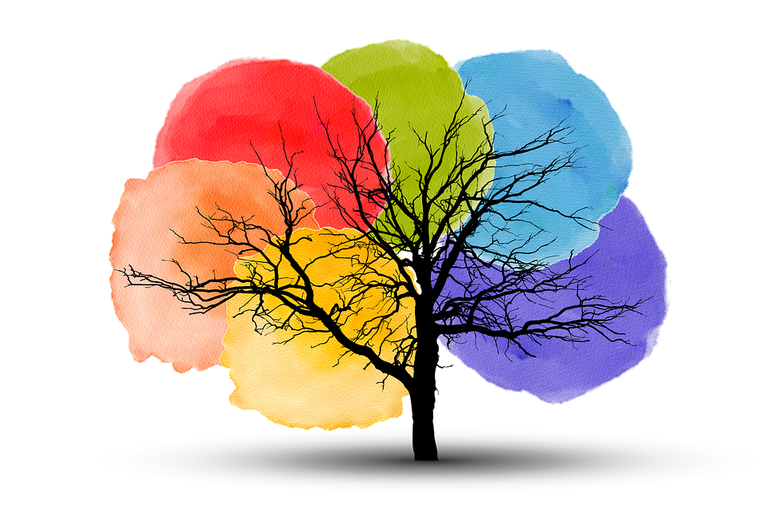**Title: "The Evolution of Storytelling in Video Games

The Secret Lives of Urban Wildlife
Urban environments are often thought of as concrete jungles, bustling with human activity and devoid of nature. However, beneath the surface of our cities lies a vibrant ecosystem teeming with wildlife. From raccoons rummaging through trash bins to peregrine falcons nesting on skyscrapers, urban wildlife has adapted in remarkable ways to coexist with humans. In this post, we’ll explore the secret lives of these fascinating creatures and how they thrive in our cities.
The Adaptability of Urban Wildlife
One of the most striking features of urban wildlife is their ability to adapt to human-altered environments. Many species have changed their behaviors, diets, and even their breeding patterns to survive in cities.
- Raccoons: Known for their dexterous paws and intelligence, raccoons have become experts at scavenging. They can often be seen at night, foraging for food in garbage cans or dumpsters.
- Pigeons: Once wild birds, pigeons have become synonymous with city life. They thrive on the abundance of food scraps and have adapted to nesting on buildings instead of trees.
- Coyotes: These cunning canines have expanded their range into urban areas, where they hunt small mammals and scavenge for food. Their adaptability allows them to thrive even in densely populated neighborhoods.
The Benefits of Urban Wildlife
Urban wildlife doesn’t just survive; it also plays a crucial role in maintaining the ecological balance of our cities. Here are some benefits they provide:
- Pest Control: Birds of prey, such as hawks and owls, help control rodent populations, while bats consume vast quantities of insects.
- Pollination: Bees and butterflies are essential for pollinating plants, contributing to the health of urban gardens and green spaces.
- Biodiversity: A diverse range of species contributes to a healthy ecosystem, which can improve air quality and enhance the overall beauty of urban environments.
The Challenges They Face
Despite their adaptability, urban wildlife faces numerous challenges, including habitat loss, pollution, and human-wildlife conflict. Here are some common issues:
- Habitat Fragmentation: As cities expand, natural habitats are destroyed or fragmented, making it difficult for wildlife to find food and shelter.
- Road Mortality: Many animals are at risk of being hit by vehicles as they cross roads in search of food or mates.
- Human Interaction: Encounters with humans can lead to stress for wildlife, and some animals may become overly reliant on human food sources, which can be detrimental to their health.
How We Can Help
As urban dwellers, there are several ways we can support and coexist with wildlife in our cities:
- Create Wildlife-Friendly Spaces: Plant native plants in your garden, install bird feeders, and create habitats for pollinators.
- Reduce Waste: Secure trash bins to prevent scavenging and reduce litter that can harm wildlife.
- Educate Others: Share knowledge about urban wildlife and advocate for policies that protect their habitats.
Conclusion
The secret lives of urban wildlife are a testament to nature's resilience and adaptability. By understanding and supporting these creatures, we can foster a more harmonious relationship with the wildlife that shares our urban spaces. Next time you see a raccoon or hear the call of an owl, take a moment to appreciate the hidden world of wildlife thriving right outside your door.
Feel free to share your experiences with urban wildlife in the comments below! What animals have you encountered in your city?

All images are taken from the Pixabay.com